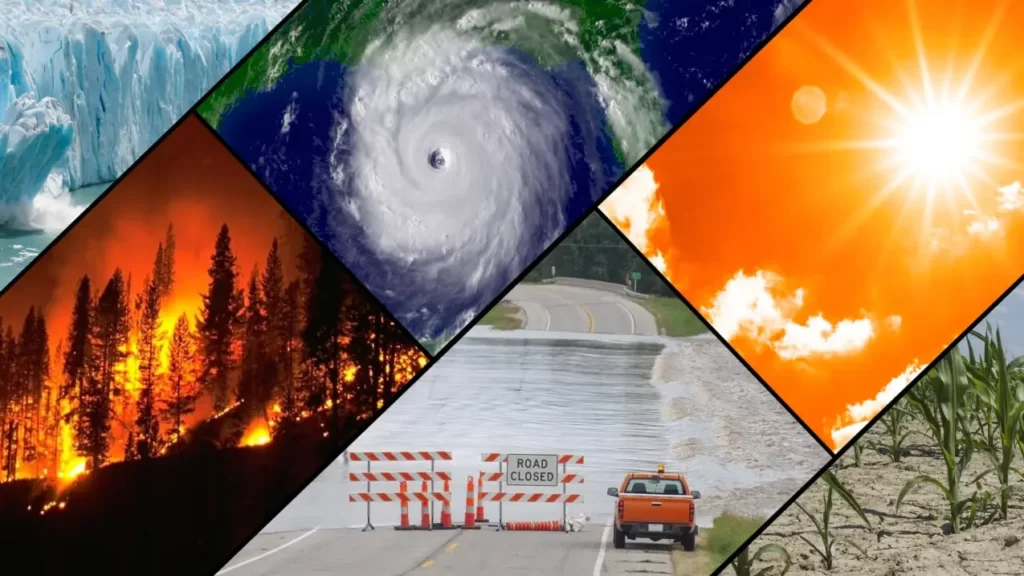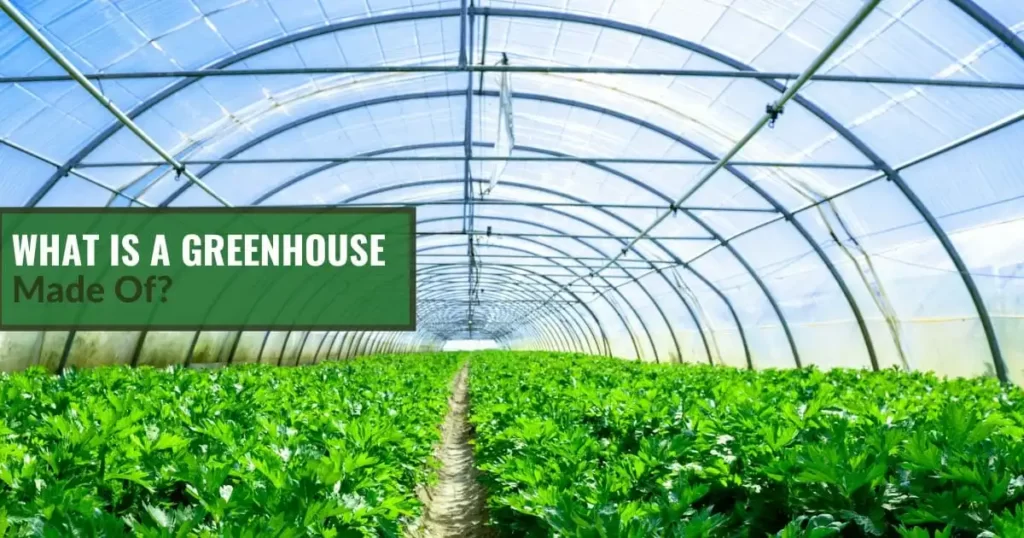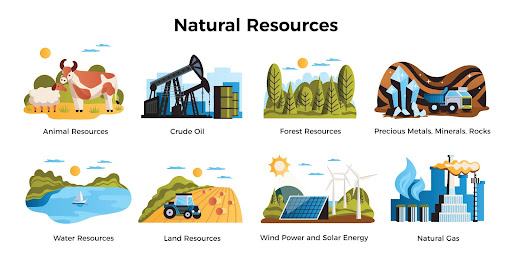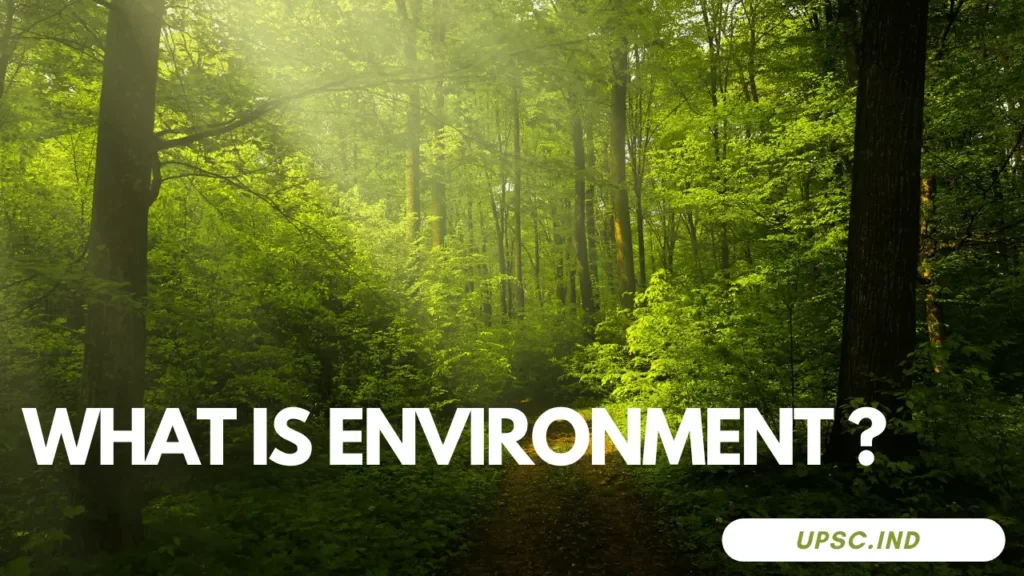
The Natural Environment: A Precious Resource Under Threat
The natural environment, encompassing the diverse ecosystems, landscapes, and living organisms that make up our planet, is a priceless asset to humanity. It provides us with essential resources for survival, offers breathtaking beauty, and sustains the intricate web of life on Earth. However, the natural environment is facing unprecedented challenges due to human activities, which threaten its balance, resilience, and overall health. In this article, we will explore the significance of the natural environment and the key threats it faces, as well as the importance of preserving and restoring this vital resource.
I. What Is the Natural Environment?
The natural environment, often referred to as the “environment,” comprises the sum of all living and non-living things on Earth. It encompasses various ecosystems, including forests, oceans, deserts, grasslands, and wetlands, along with the multitude of species that inhabit them. This intricate web of life is governed by natural processes and cycles that maintain the delicate balance of our planet.
II. The Significance of the Natural Environment
- Biodiversity and Ecological Balance Biodiversity, the variety of life on Earth, is a cornerstone of the natural environment. It plays a crucial role in maintaining ecological balance and stability. Each species, no matter how small or inconspicuous, contributes to the intricate web of life, forming complex relationships that support food chains, nutrient cycles, and the overall health of ecosystems.
- Resource Provision The natural environment is a source of essential resources for human survival and development. It provides clean water, fertile soil, raw materials, and a myriad of other ecosystem services that are critical for agriculture, industry, and daily life.
- Climate Regulation Natural environments help regulate the climate by absorbing and storing carbon dioxide, maintaining temperature balance, and influencing weather patterns. Forests, for example, act as carbon sinks, mitigating the impacts of climate change.
- Recreation and Aesthetic Value The natural environment also offers recreational and aesthetic benefits, providing opportunities for outdoor activities, ecotourism, and mental rejuvenation. The beauty of natural landscapes and the diversity of flora and fauna inspire wonder and appreciation.
III. Threats to the Natural Environment
- Habitat Destruction One of the most significant threats to the natural environment is habitat destruction, primarily driven by urbanization, agriculture, and infrastructure development. As humans expand their footprint, natural habitats are fragmented and destroyed, leading to species extinction and loss of biodiversity.
- Pollution Pollution in its various forms, including air, water, and soil pollution, poses a grave threat to the natural environment. Chemical pollutants, such as greenhouse gases and toxic substances, can disrupt ecosystems, harm wildlife, and affect human health.
- Climate Change Human-induced climate change, primarily driven by the emission of greenhouse gases, is altering the Earth’s climate system. Rising temperatures, extreme weather events, and sea-level rise have profound effects on ecosystems and human societies.
- Overexploitation of Resources Overharvesting of natural resources, such as overfishing, deforestation, and excessive water use, can lead to resource depletion and ecosystem collapse. It threatens not only the environment but also food security and livelihoods.
- Invasive Species The introduction of non-native species into new environments can disrupt local ecosystems, outcompeting native species and causing imbalances. Invasive species pose a particular threat to island ecosystems and delicate habitats.
- Land Degradation Soil erosion, desertification, and land degradation result from poor land management practices, reducing the land’s productivity and harming ecosystems.
IV. Preserving and Restoring the Natural Environment
- Conservation Efforts Conservation initiatives are crucial for safeguarding the natural environment. These efforts include the establishment of protected areas, wildlife reserves, and marine sanctuaries. Conservation organizations and governments work to protect endangered species and their habitats.
- Sustainable Practices Transitioning to sustainable practices in agriculture, forestry, and fisheries is essential for preserving natural resources. Sustainable agriculture, for instance, focuses on reducing the environmental impact while maintaining productivity.
- Reducing Pollution Mitigating pollution requires regulatory measures and public awareness campaigns. Transitioning to clean energy sources and adopting eco-friendly technologies can help reduce emissions and pollutants.
- Climate Mitigation and Adaptation Addressing climate change involves reducing greenhouse gas emissions and adapting to its impacts. Sustainable energy, reforestation, and resilient infrastructure are key strategies.
- Restoration Projects Restoration projects aim to repair and rehabilitate damaged ecosystems. Reforestation, wetland restoration, and coral reef conservation are examples of such efforts.
- Education and Advocacy Promoting environmental awareness and advocating for responsible behavior is fundamental. Education empowers individuals and communities to make informed choices that protect the natural environment.
V. Conclusion
The natural environment is a vital, interconnected web of life that sustains us in countless ways. However, it is under serious threat from various human activities. Preserving and restoring the natural environment is not just an ethical imperative but a necessity for the well-being of current and future generations. By recognizing the significance of the natural environment and taking proactive steps to protect it, we can ensure a healthier, more sustainable planet for all living creatures. It is our responsibility to act as stewards of the Earth, conserving its beauty and resources for generations to come.




